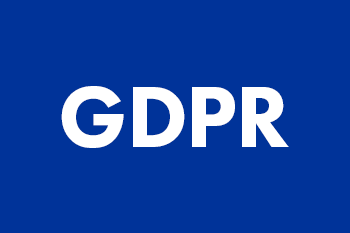We will call these short 5-15 minute talking-head videos Sparks.⚡️
In these Sparks, Dan shares his knowledge on specific topics and answers the most burning questions of B2B marketing and revenue growth.
In this debute episode of this new format, Dan shares what to focus on when transitioning to marketing-led demand generation growth. He share a 4-part framework that helps you in your go-go-market campaign.
How to make marketing-led demand generation growth simple
Focus on these 4 areas, and it’ll keep the framework simple:
- Market
- Message
- Content Mechanism
- Action
Market
You need to define your Ideal Customer Profile (ICP) and the buying committee. With these profiles in mind you can create engaging and highly specific messaging that will grab their attention.
Message
So when it comes to the message, you need to have a Unique Value Proposition (UVP).
The point here with the is that you want to have a strong stance on a matter that is important for your target market, and you need to be repeating that consistently from several angles.
You need to create messaging strategically and consistent about showing up and communicating it to your audience.
Content Mechanism
or we can call it ASSETS.
This is about what content or community or events you are creating to engrave your message and to drive your positioning and your messaging home and to engage your buyers.
Action
And action is about all of the processes and all of the motions that will warm up, nurture, and activate your target accounts. Remember, having contacts are not the same as having leads. You need to really engage them and nurture them before connecting them with sales. Passing high contract value deals straight to sales simply does not work anymore.
Other systemized ways to capture demand
Even at the launch of your new program you will want to be using METRICS.
Actually metrics are the first things you want to nail when you’re launching any sort of go-to-market program, be it marketing, sales or a general big revenue program.
So here’s how to keep it simple.
Measure your marketing and sales activities according to 3 indicators.
- demand generation metrics
- demand capture metrics
- retention metrics
Make sure you view and measure, go-to-market holistically. And you need to understand the consistent activity at the beginning of the buyer journey (which is demand generation) will have a direct and indirect effect later in subsequent stages.
Raise the awareness of people in the marketplace who aren’t aware of you yet, and all the activities you do there, which we can call demand generation. It will have an indirect effect on people who are already in your funnel, already in your pipeline, or perhaps even existing customers who are also partly exposed to this activity.
Remember: everything you do will have an indirect effect on all the other components, whether it be marketing in the beginning of the buyer journey or sales activity later down the line.
If you’re able to get alignment around how you measure all go-to-market activities, you will be THE GLUE between the various functions: sales, marketing, customer success, even product, which is an immensely valuable thing in today’s fragmented GTM.
If you’re a founder or a CEO in a smaller company
In this case you will want to be this glue. Not many companies of this size realize that what you really need is a COHERENT MECHANISM that isn’t fragmented into sales, marketing, and customer success. One that isn’t driven by just heavy outbound sales but that is integrating seamlessly all these different functions and making sure that they act as one body, as one mechanism to, to build your market and to to get sales at the end of the day.
Related Posts
- Marketing-led Growth Insights for B2B Marketers and Revenue Leaders - ep 47
https://youtu.be/T1iVtH5RiyM Selling has existed for as long as business has, but while the nature of…
- Transforming From Sales-led Growth to Marketing-led Growth - ep 38
https://youtu.be/jOKRuhF2gwc At Klear, we’ve been talking a lot about how transitioning from sales-first growth to…
- The Hidden Truth Behind Marketing-led Growth - ep 49
https://youtu.be/mp6owQDaGhg A lot has been said about switching sales-first growth with marketing led growth. We…


